Canada’s Once-in-a-Generation Opportunity to Modernize, Automate, and Scale
Closing Canada’s Productivity Gap
For years, Canada’s productivity performance has been in steady decline — a quiet crisis that limits wage growth, investment, and competitiveness. According to the OECD, Canadian workers produce roughly US $74.7 in goods and services per hour, compared to US $97 in the United States. Productivity growth has averaged just 0.8 % annually since 2000.
The 2025 federal budget — branded around “generational shifts” — finally addresses this challenge head-on. Ottawa has introduced a Productivity Super-Deduction, a sweeping set of measures to stimulate private investment in machinery, buildings, technology, and intellectual property.
The message is clear: the path to a stronger economy runs through modernization, automation, and digital capability.
What the “Super-Deduction” Does
The Productivity Super-Deduction combines several enhanced tax incentives designed to make it cheaper and faster for businesses to invest in capital assets:
Immediate 100 % first-year write-off for new manufacturing or processing buildings acquired on or after November 4, 2025, and used before 2030.
Accelerated Investment Incentive (reinstated) — an enhanced first-year write-off for most other capital assets, including machinery, robotics, AI systems, patents, data-network infrastructure, and clean-energy equipment.
Accelerated capital cost allowances for low-carbon LNG facilities, supporting energy transition projects.
After 2030, the full-expensing measure will phase down — 75 % in 2030–31, 55 % in 2032–33 — making the next five years the most advantageous investment window in decades.
These combined measures are expected to lower Canada’s marginal effective tax rate (METR) on new investment from 15.6 % to roughly 13.2 %, now competitive with or better than the U.S. across most sectors.
Why It Matters for Automation and Robotics
“Private investment in new machinery, buildings and technology is one of the most effective ways to increase productivity,” states the 2025 Budget.
That sentence alone should resonate across Canada’s industrial landscape. For manufacturers, logistics operators, and technology providers, this budget is more than fiscal policy — it’s a modernization mandate.
With a 100 % first-year deduction, Canadian businesses can now justify capital projects that were previously delayed by long depreciation schedules.
Automation integrators can upgrade material-handling and packaging systems.
Manufacturers can deploy advanced robotics and digital twins to increase throughput.
Warehouses can finally invest in fleet orchestration software, vision systems, and collaborative robots — while writing off the full investment in year one.
These are not incremental benefits. For many companies, this could cut payback times on automation projects by 30 – 50 %, freeing up capital to reinvest in innovation.
A Call for a “Made-in-Canada” Multiplier
While the 2025 Budget creates a powerful foundation for growth, there is one additional lever that could multiply its impact:
Incentivizing the use of Canadian-made automation, robotics, and software content.
Canada already has world-class engineering talent and a fast-growing robotics ecosystem. From motion-control firms in Ontario to AI-driven logistics startups in British Columbia and Quebec, the domestic supply base is deep — but often overshadowed by foreign OEMs.
If the government were to add enhanced deductions, tax credits, or procurement preferences for projects using Canadian content, the country could strengthen both productivity and sovereignty at once:
Stimulating the domestic manufacturing supply chain;
Keeping more intellectual property within Canada;
Encouraging collaboration between Canadian automation OEMs, integrators, and software developers.
Such a measure would mirror the “Buy American” approach — but adapted for the digital-industrial age, rewarding firms that source automation and software locally.
Aligning Industrial and AI Policy
The 2025 Budget also commits $925.6 million over five years to develop a national public AI infrastructure and promises a new AI strategy before year-end. This alignment between tax incentives for physical capital and investment in digital infrastructure is exactly what Canada needs to compete globally.
When combined, these initiatives have the potential to create a new generation of smart factories, intelligent warehouses, and data-driven logistics systems — all built on interoperable, vendor-neutral software foundations.
The Window of Opportunity
The Productivity Super-Deduction is temporary. Businesses must acquire and begin using qualifying assets before 2030 to claim the full benefit. That gives companies just five years to plan, purchase, and deploy automation systems under optimal tax conditions.
This is not just a tax break — it’s a strategic window for transformation.
For companies sitting on aging machinery, manual workflows, or fragmented systems, there may never be a better time to invest in robotics, automation, and digital infrastructure on Canadian soil.
Final Thoughts
Budget 2025 marks the most consequential shift in Canada’s industrial policy in decades. It rewards those willing to invest, modernize, and lead.
At Warehouse Automation AI, we view this as a defining moment — not only for manufacturers and logistics operators, but also for Canada’s entire automation ecosystem.
The future of productivity will be built by those who automate — and by those who choose to build with Canadian technology.
If your organization is evaluating automation, robotics, or AI-driven process modernization, our team can help model the financial impact of the Super-Deduction and design a vendor-independent automation roadmap aligned with these new incentives.



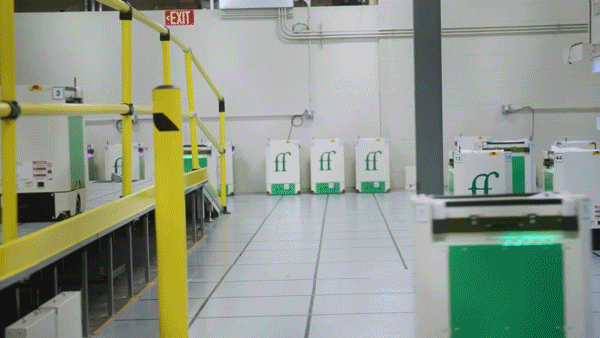

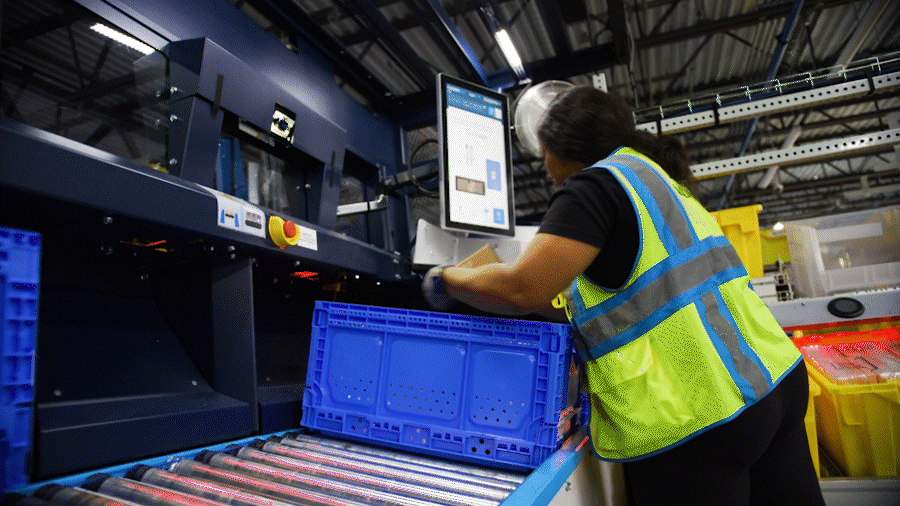







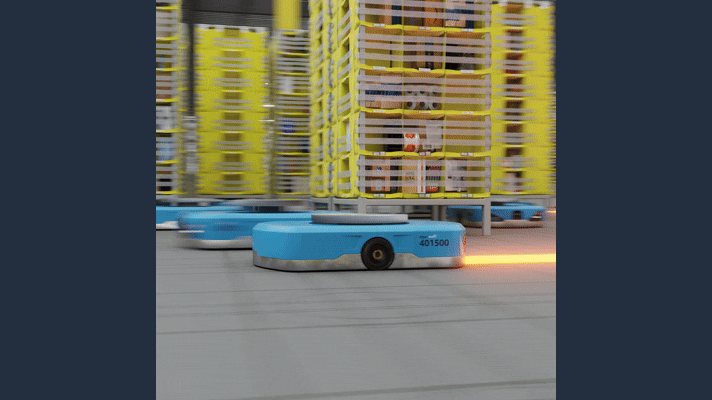








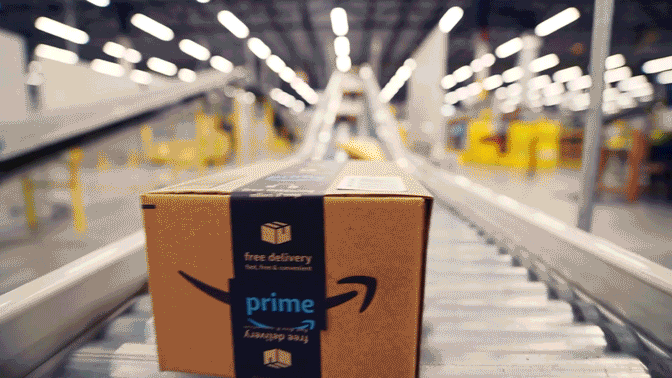




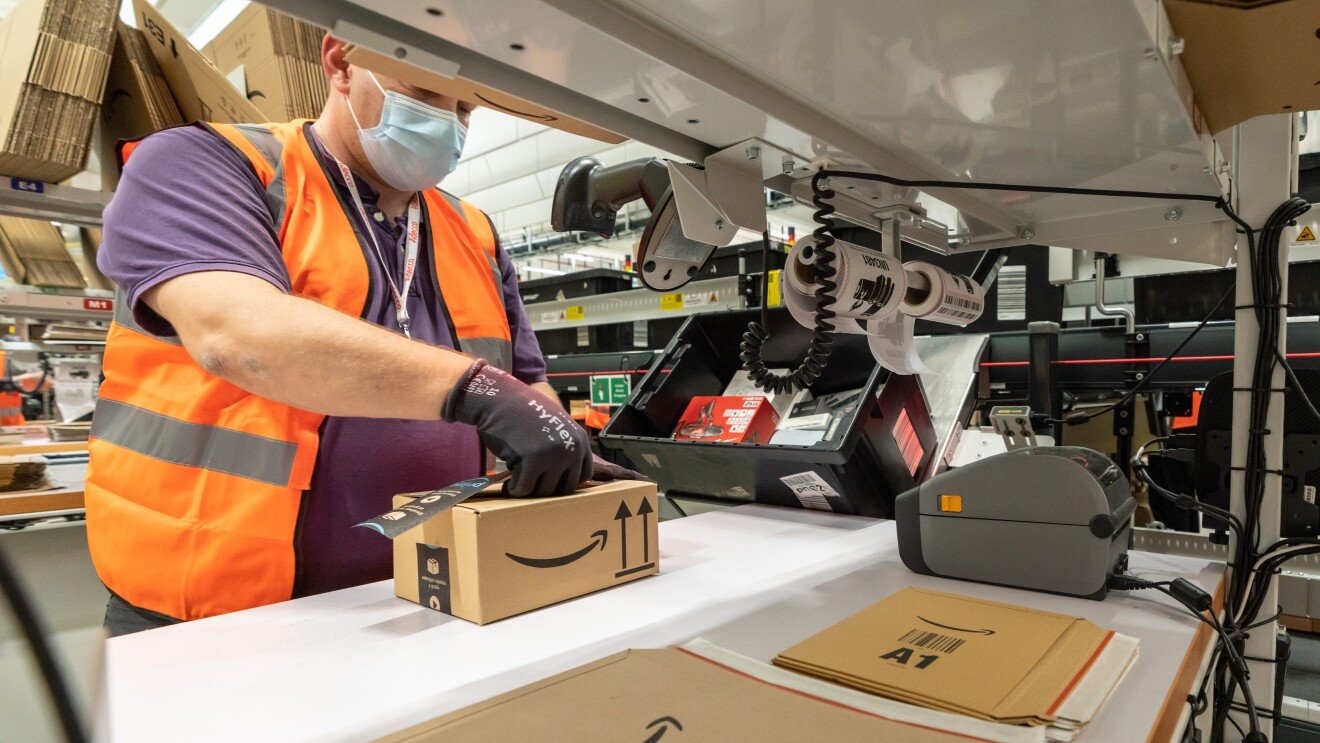


These smaller, high-velocity facilities store frequently purchased products—from fresh food and groceries to personal-care items and small electronics.